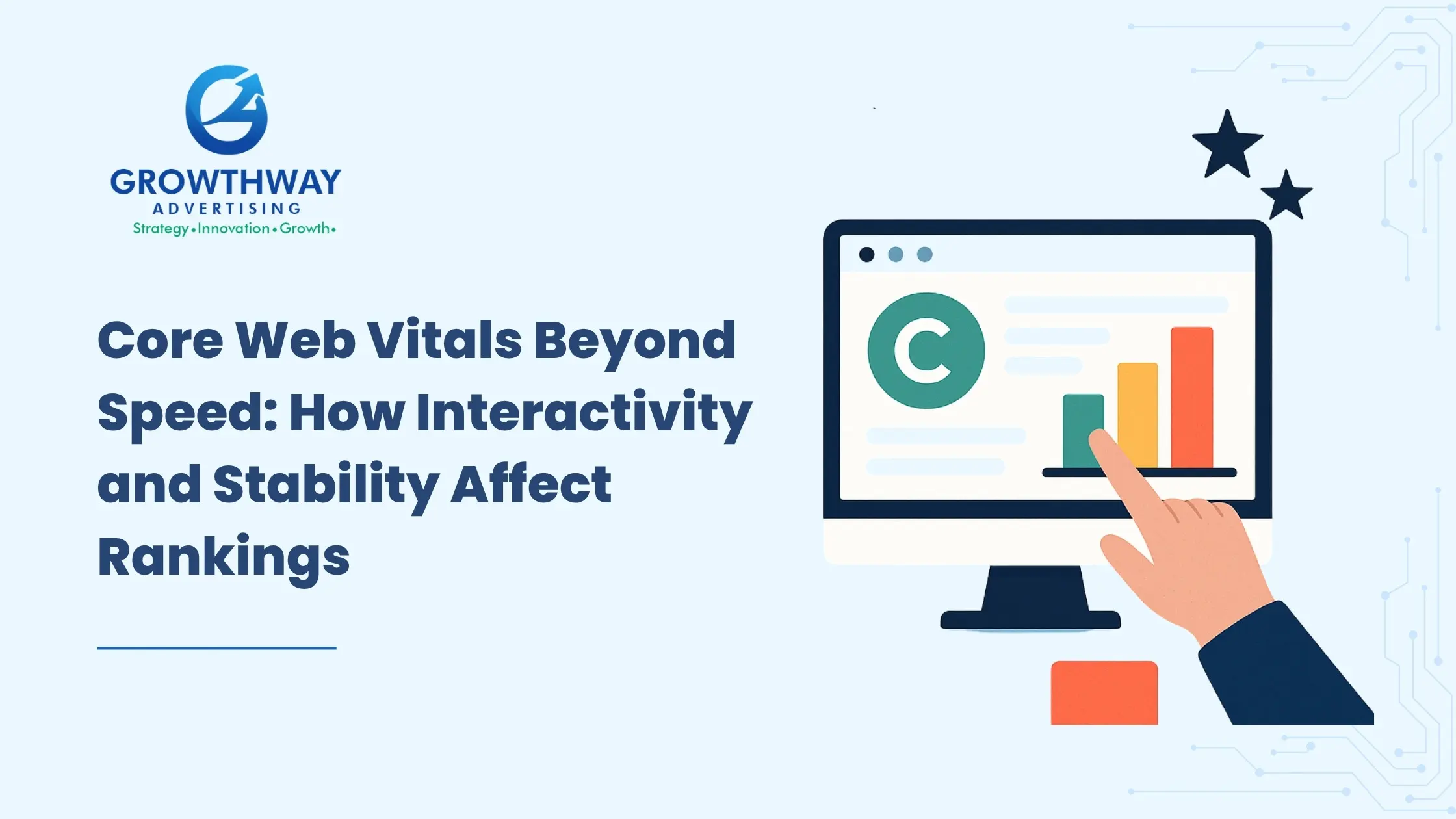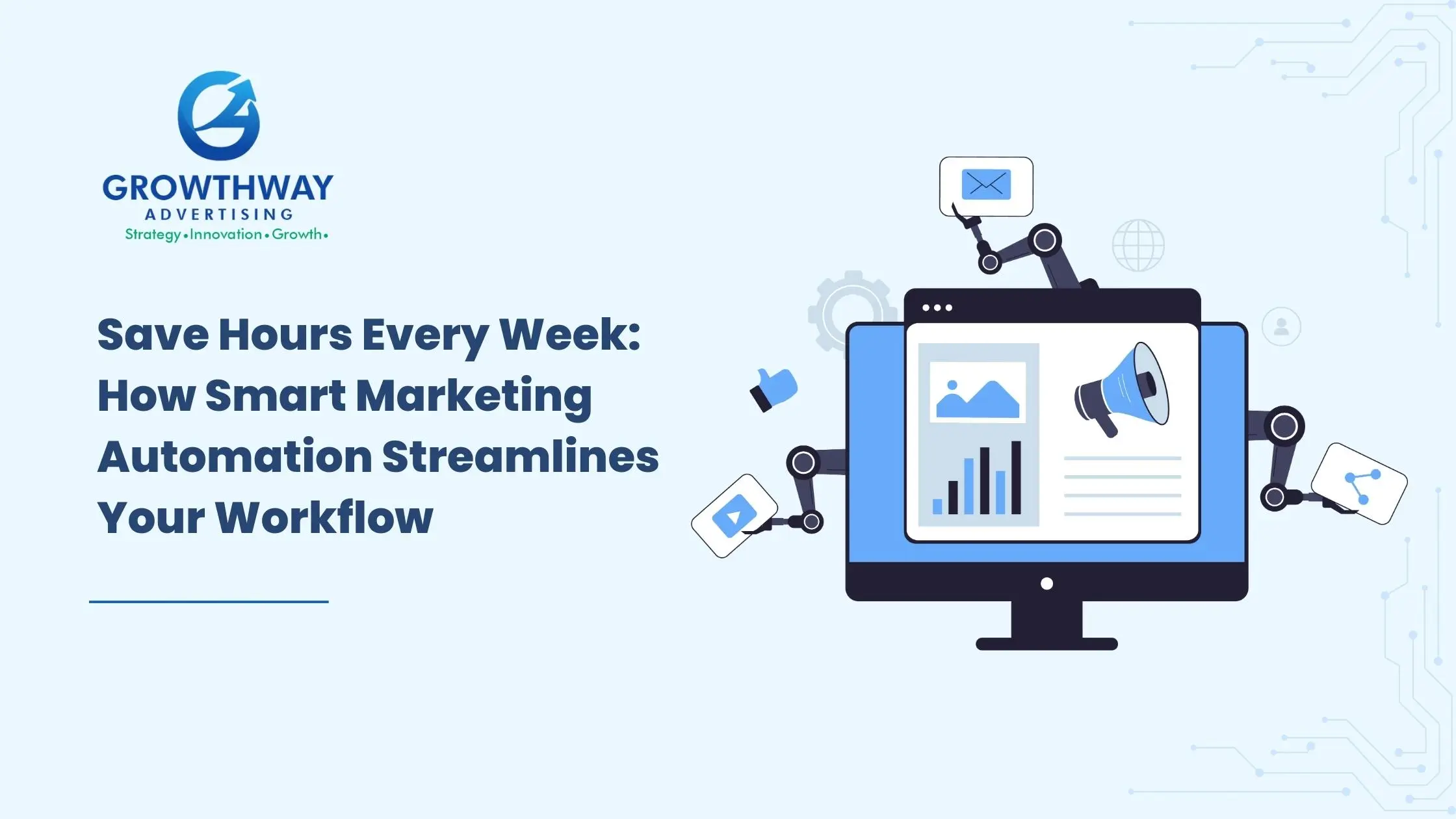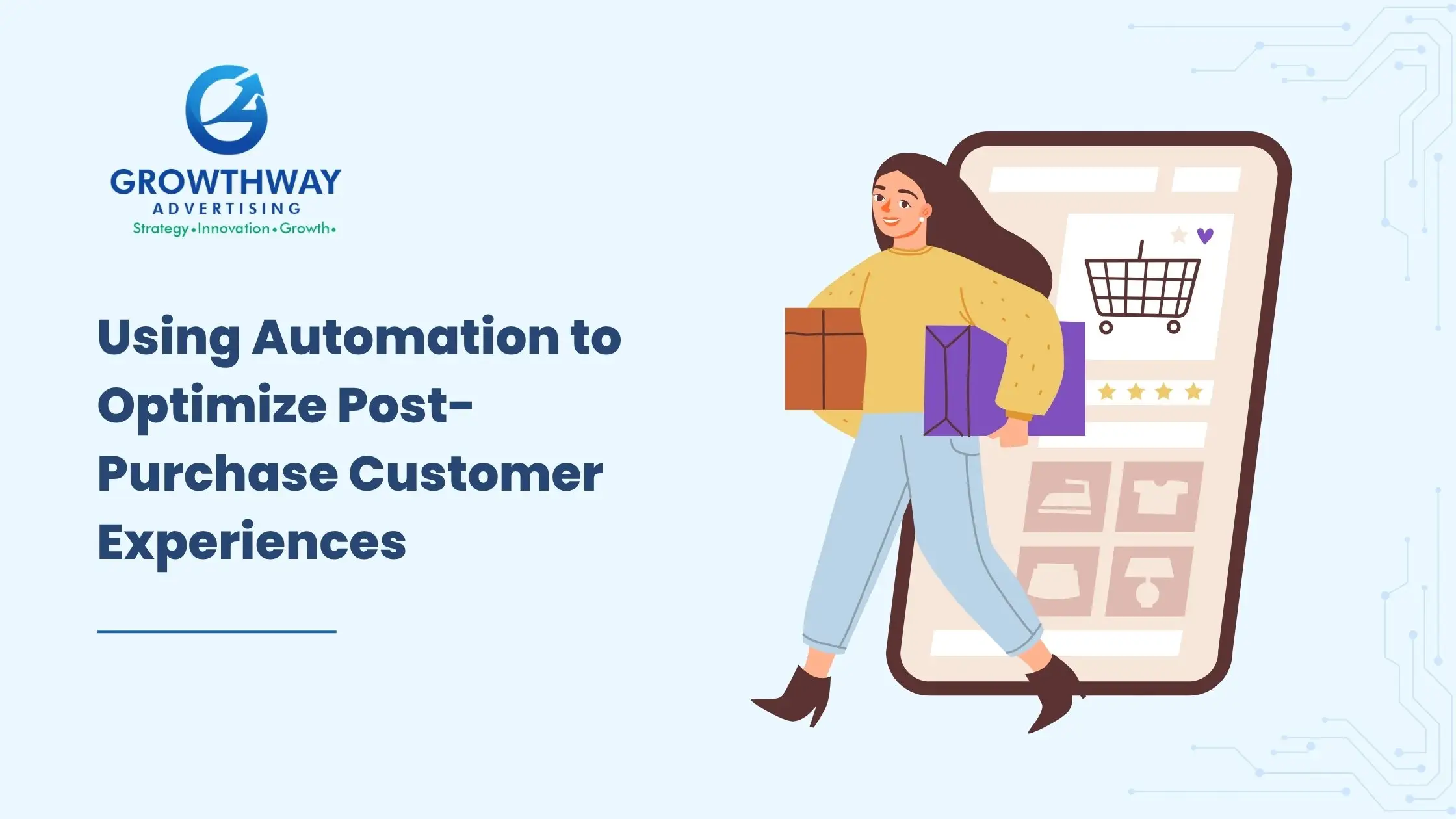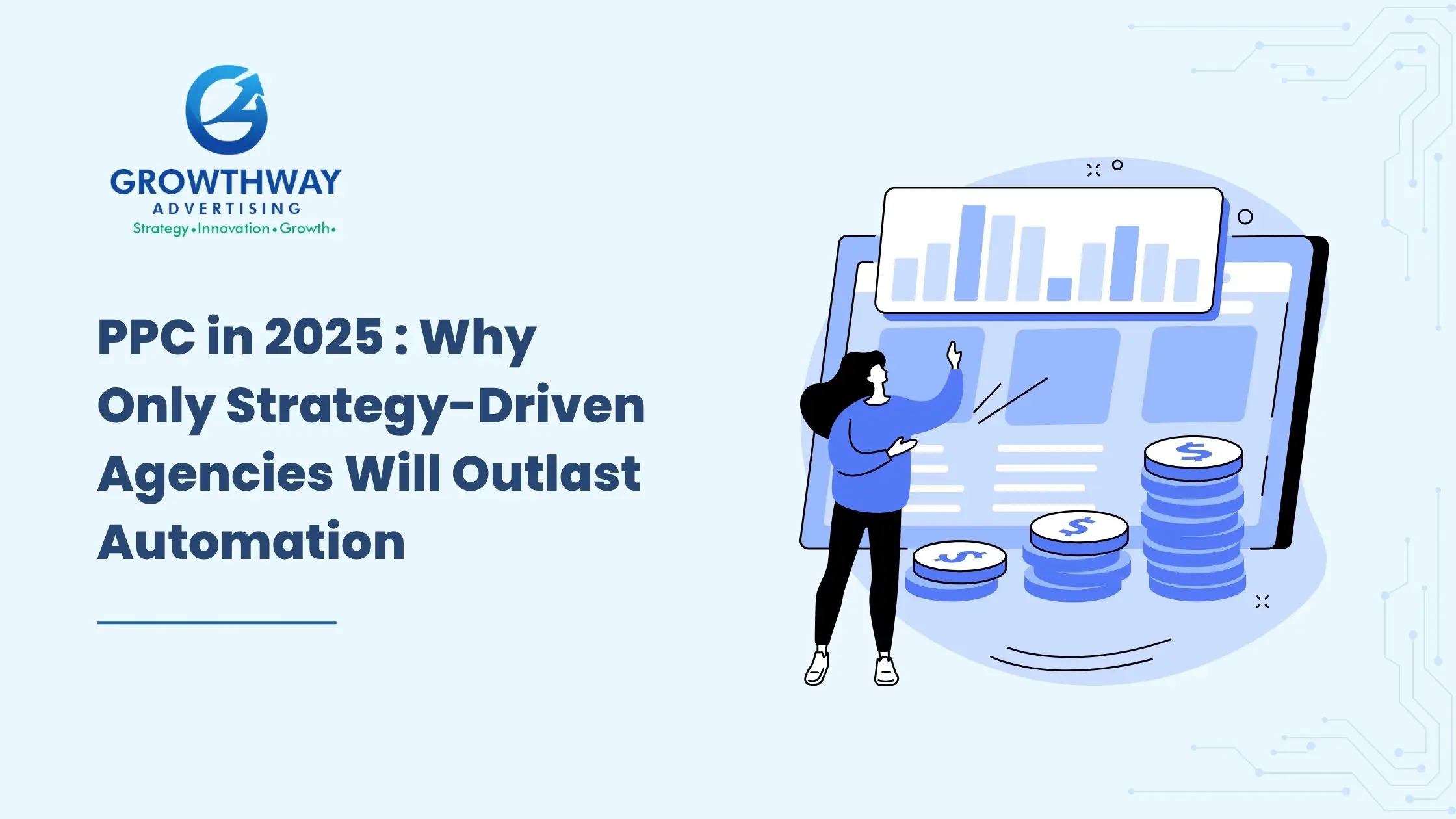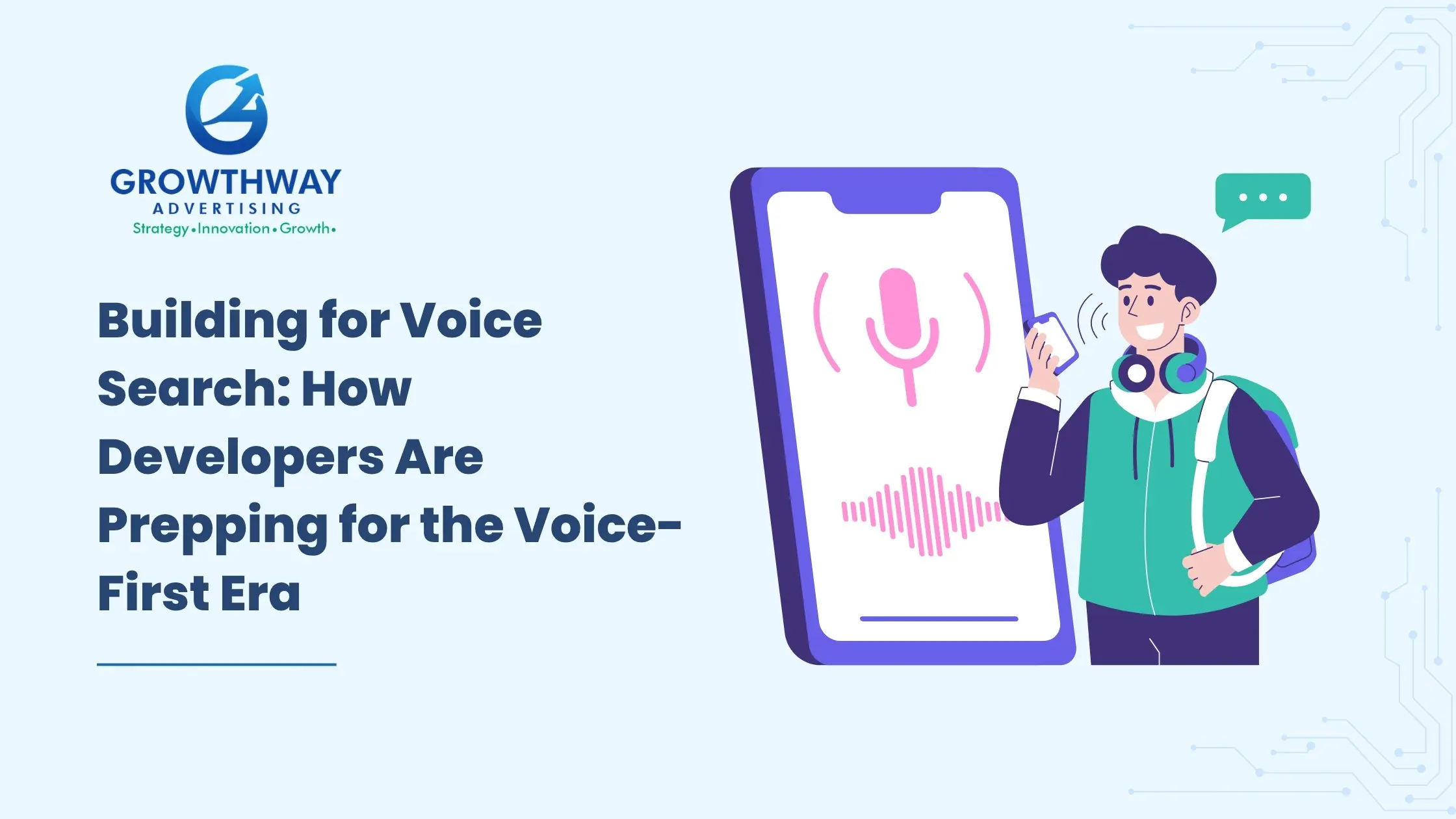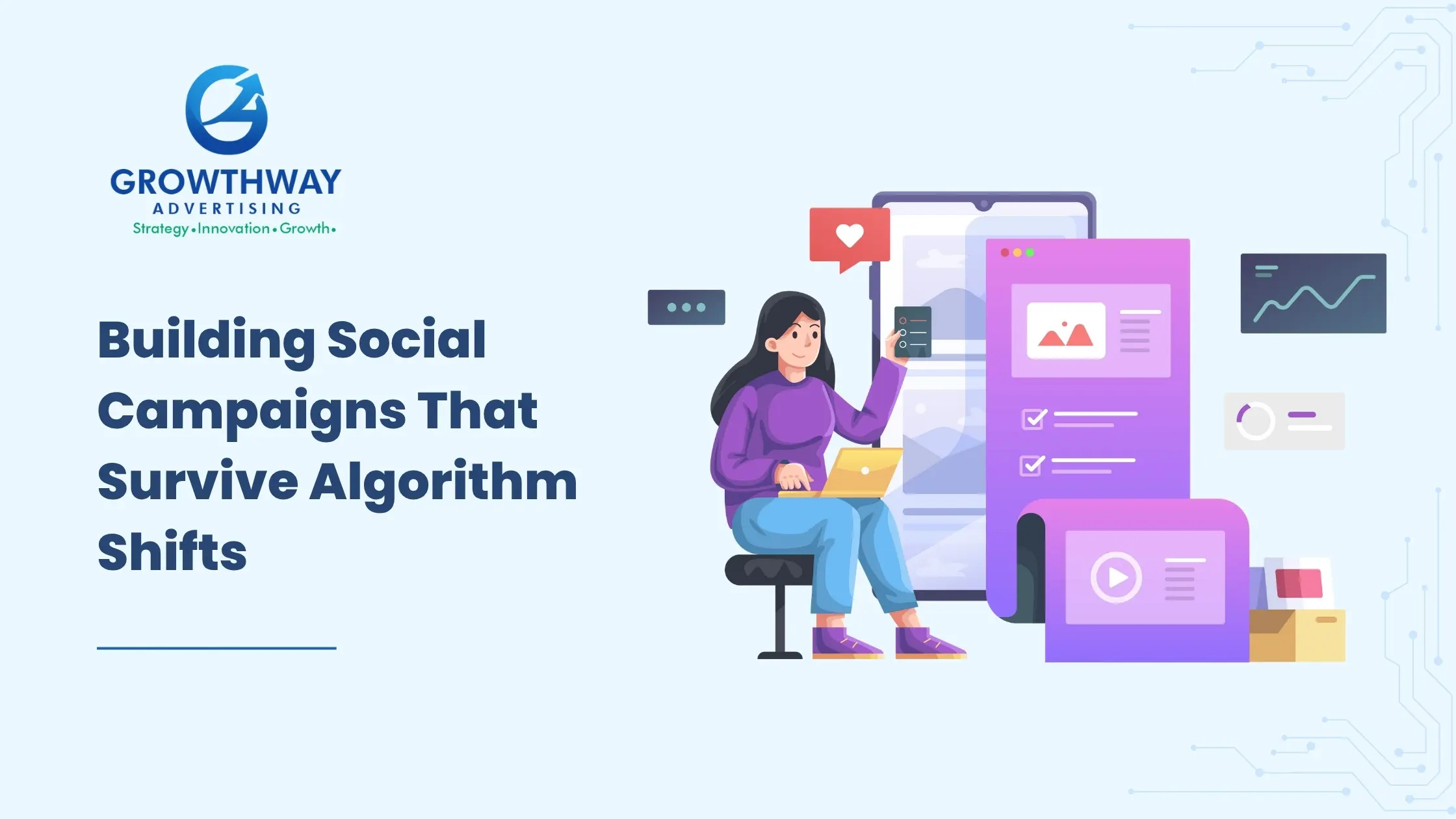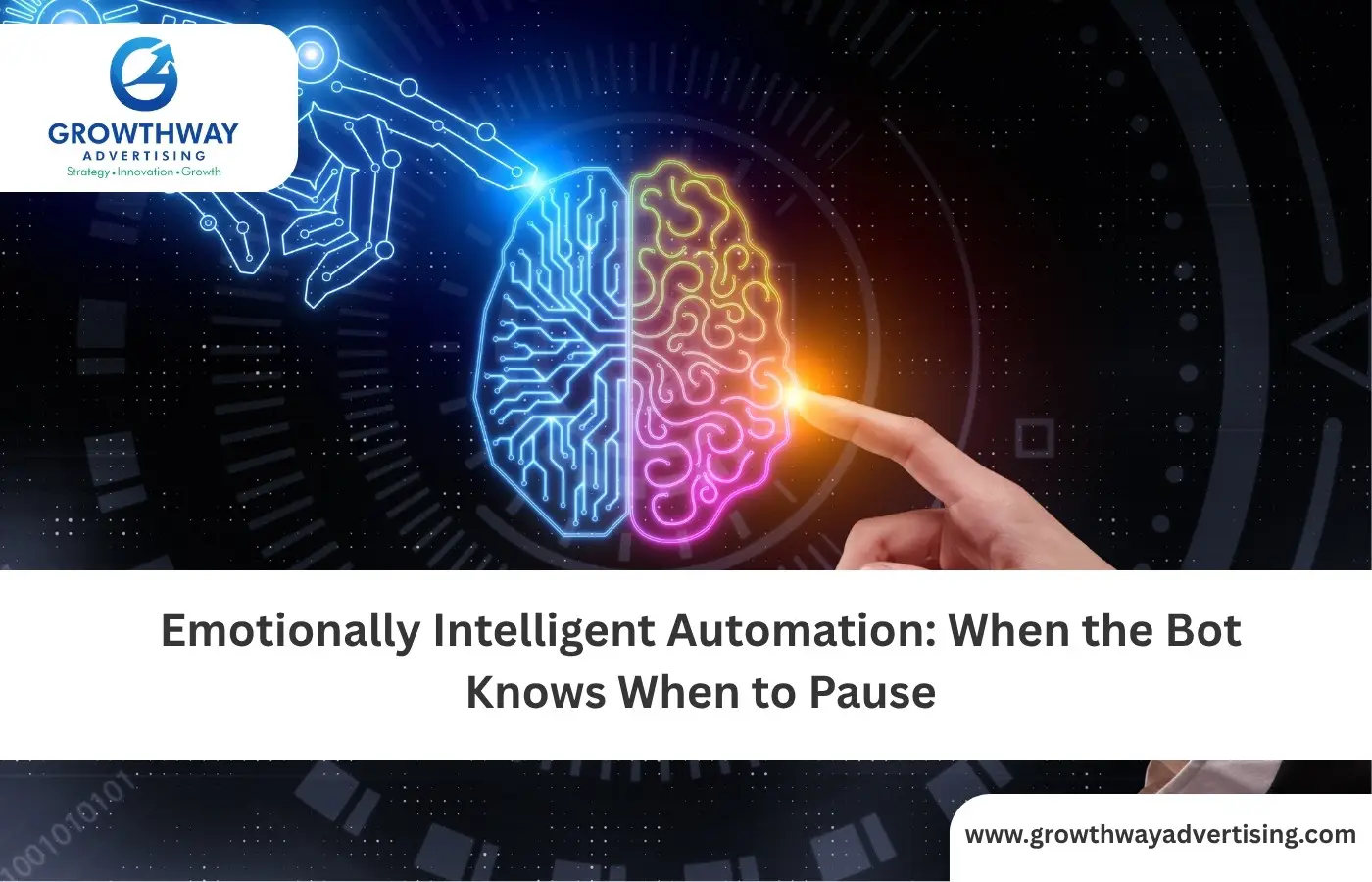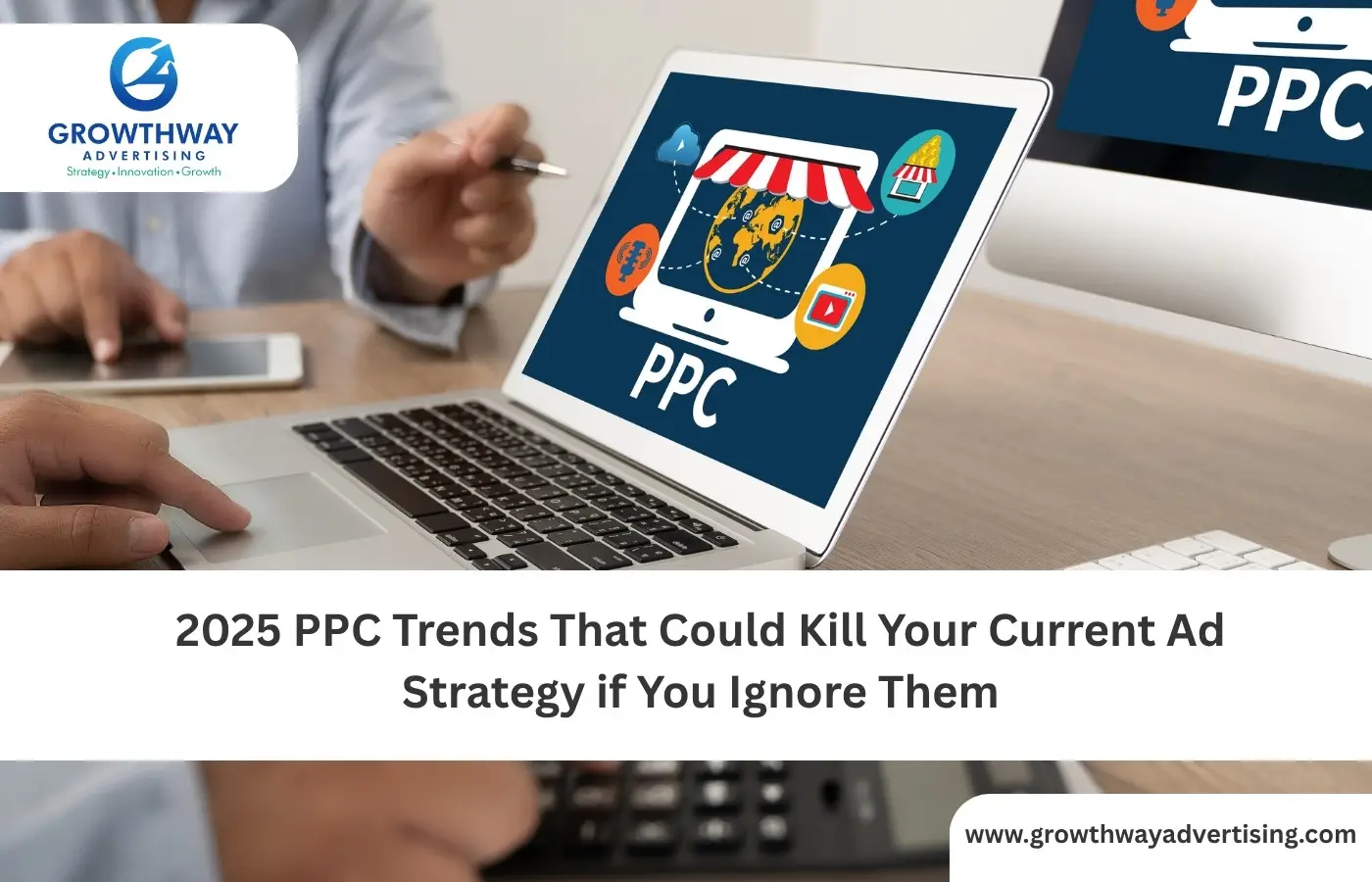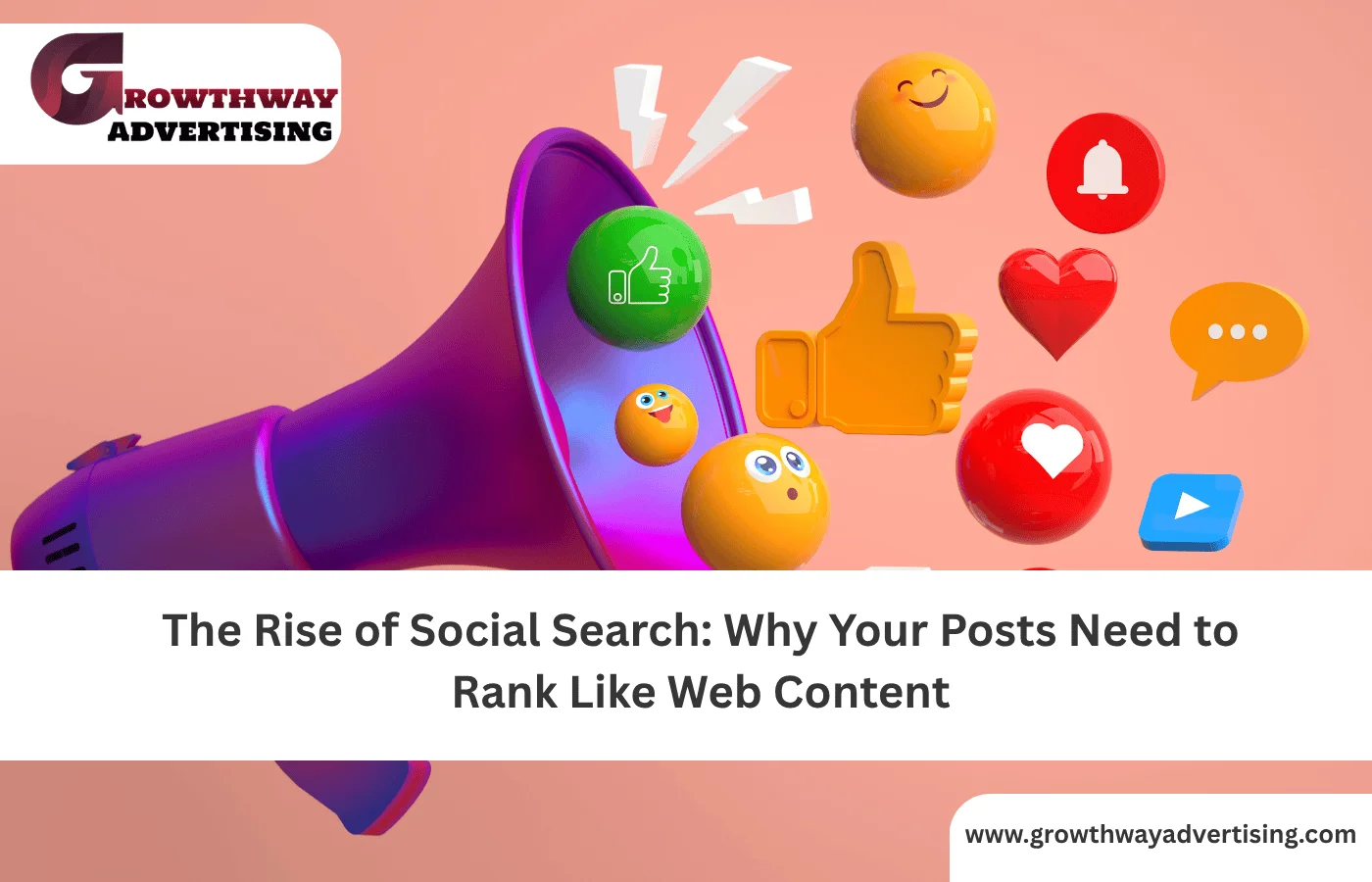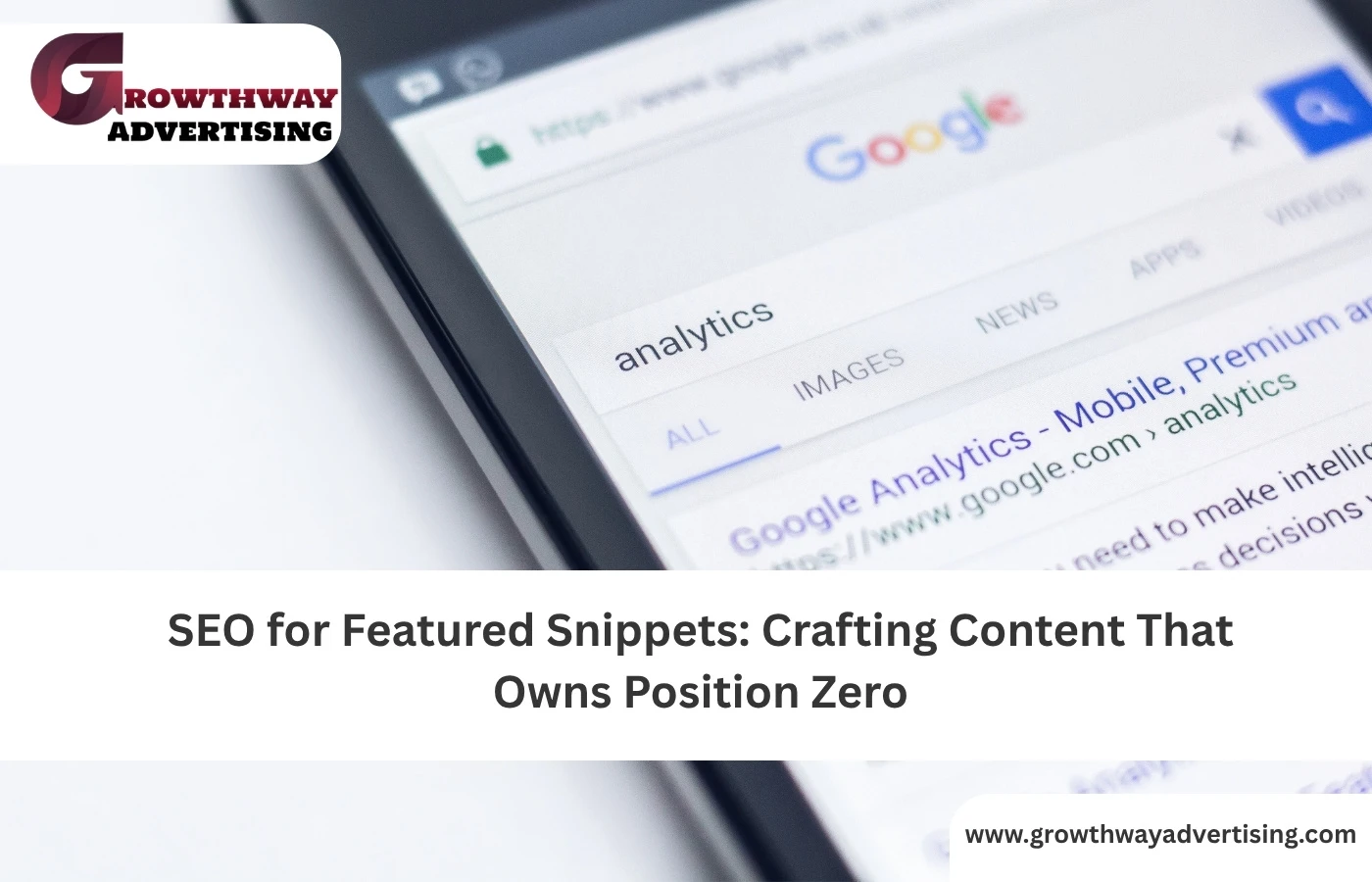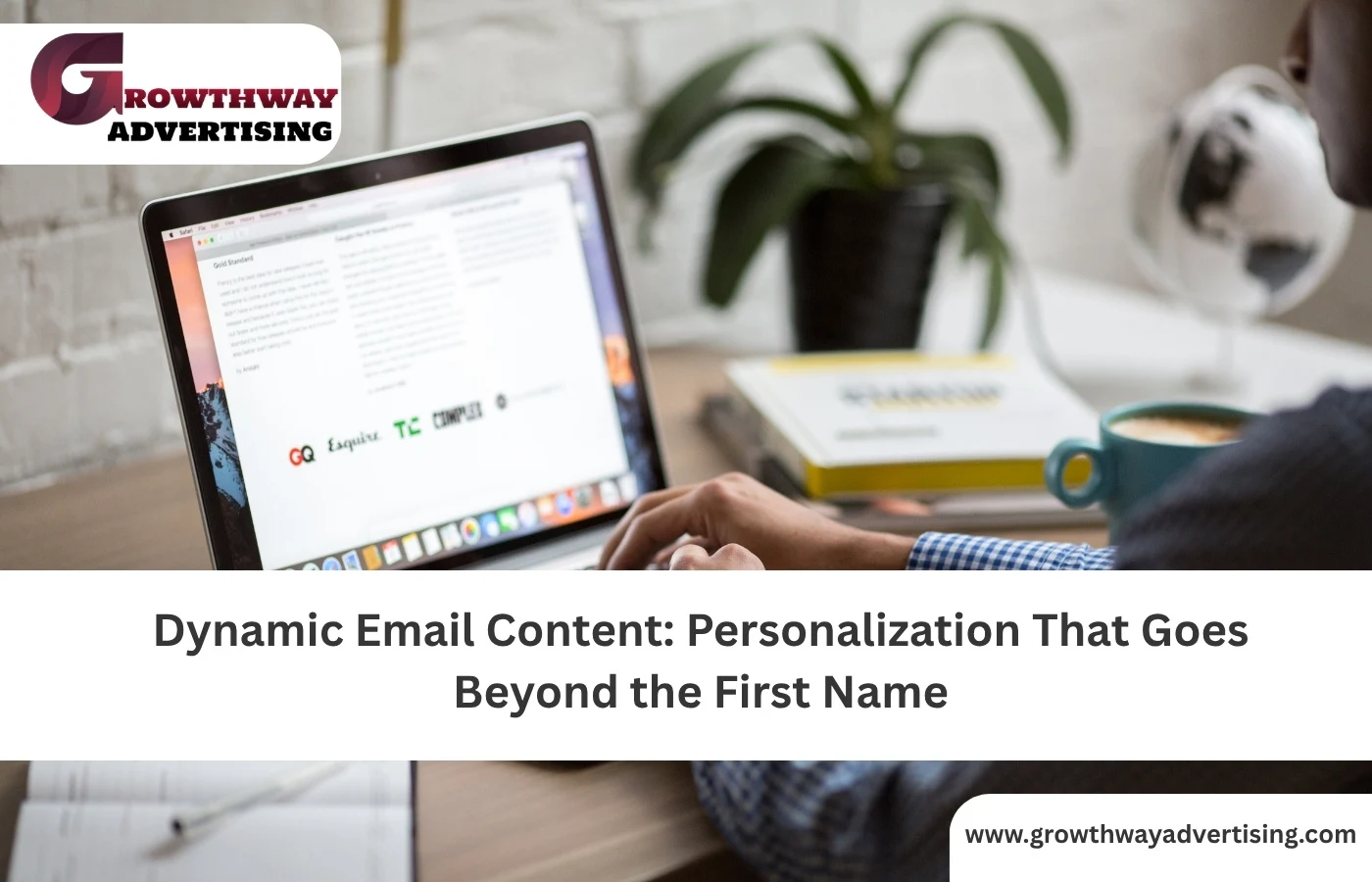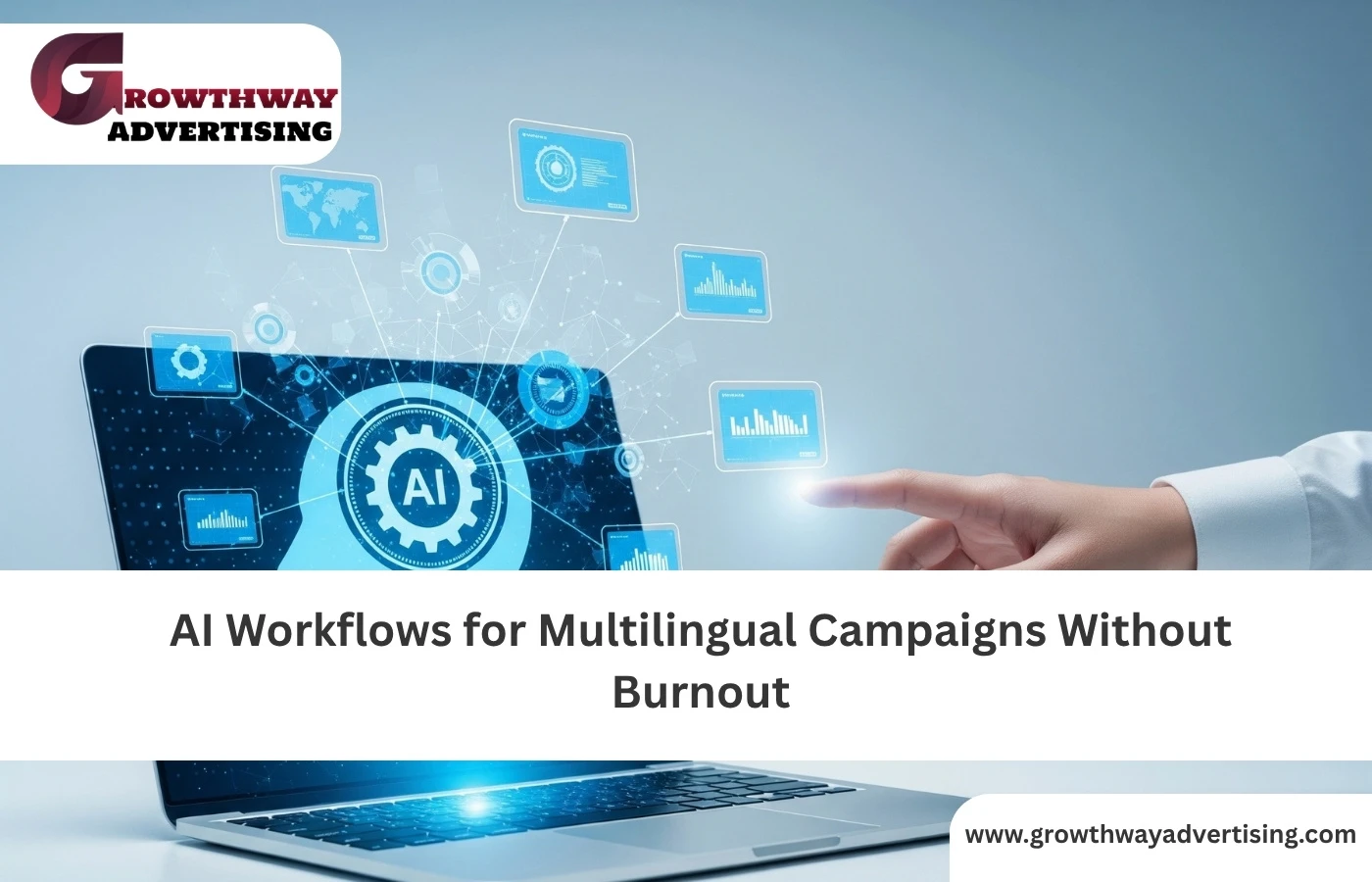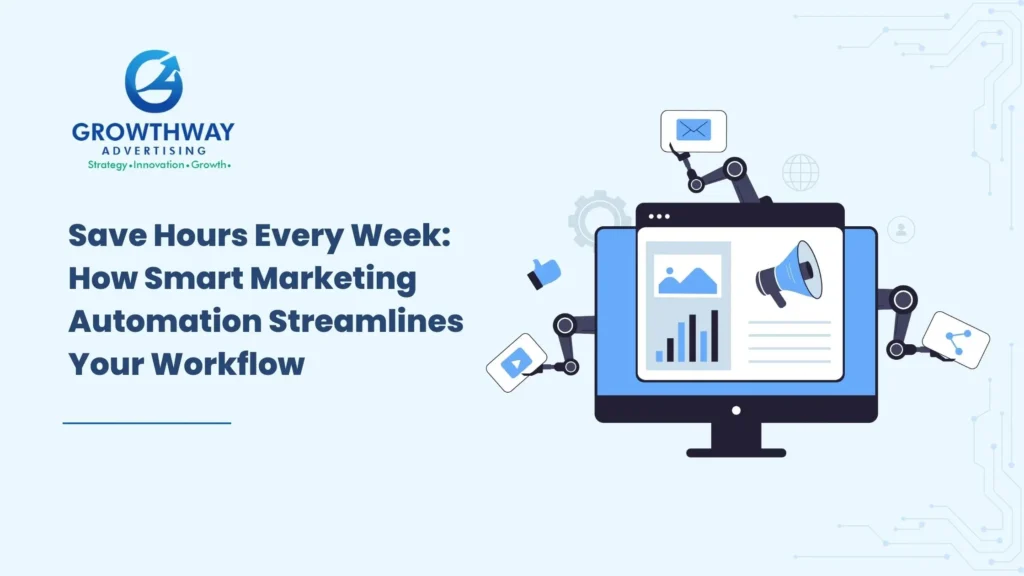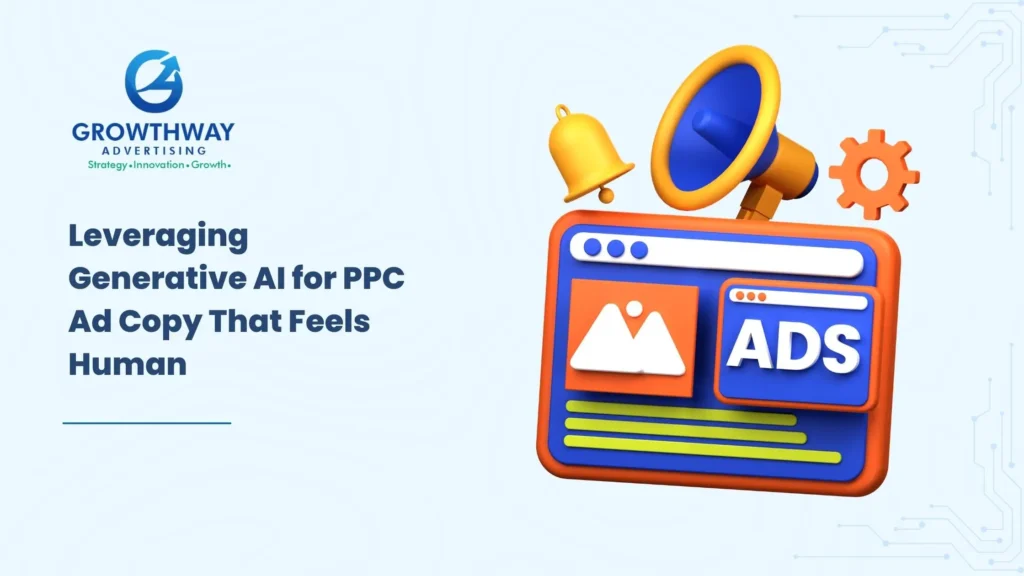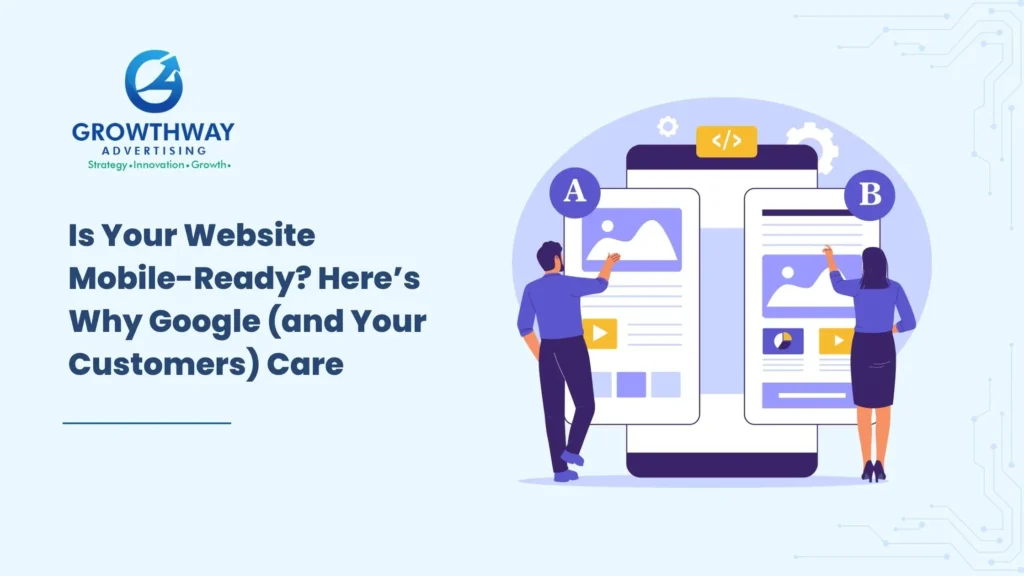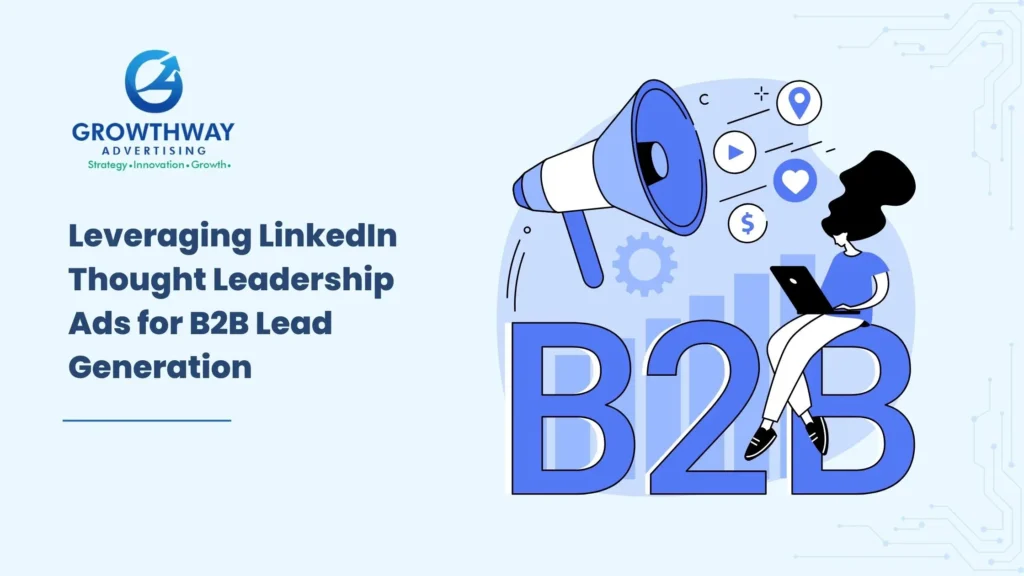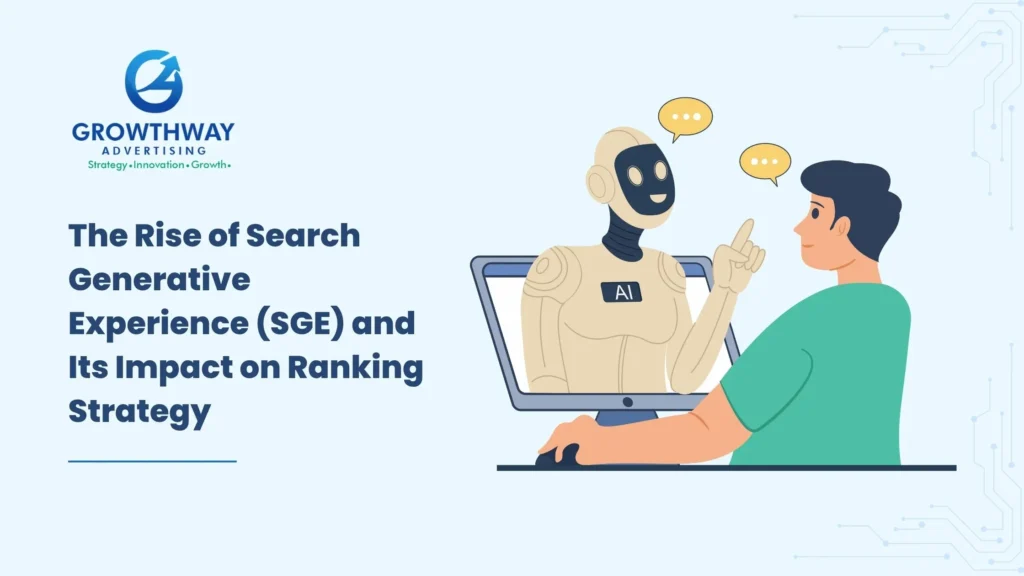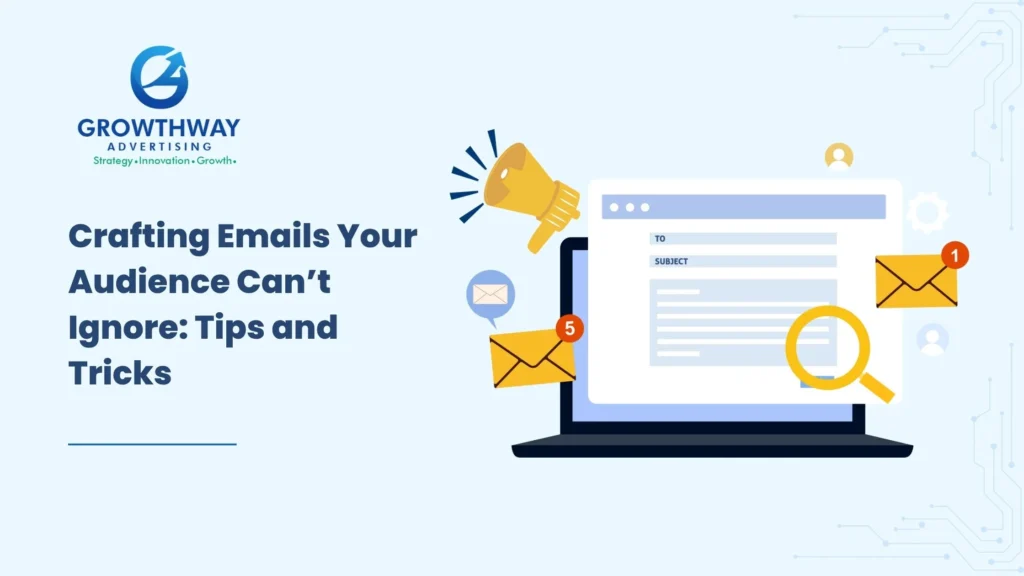For years, page speed dominated the SEO conversation. Everyone wanted faster load times because that’s what Google’s algorithms rewarded. But here’s the thing: speed alone doesn’t tell the full story anymore. The Core Web Vitals update reshaped how Google evaluates user experience. It’s not just about how fast a page loads, but how smooth and responsive it feels once it’s visible.
When someone clicks through to your site, they don’t care about technical metrics, they care about whether it reacts instantly when they tap a button, or whether text jumps around as they try to read. That’s where Interactivity and Visual Stability SEO come in. These subtle, often-overlooked elements can make or break rankings, conversions, and trust.
Let’s break down what really drives performance today, how Core Web Vitals ranking factors connect to SEO results, and what your SEO agency should focus on if you want to stay competitive.
Why Google Moved Beyond Speed
The web has matured. Sites now load rich visuals, animations, pop-ups, and scripts all of which impact how users interact. Google realized that “fast load” doesn’t always equal “good experience.” That’s why the Core Web Vitals framework includes three key metrics:
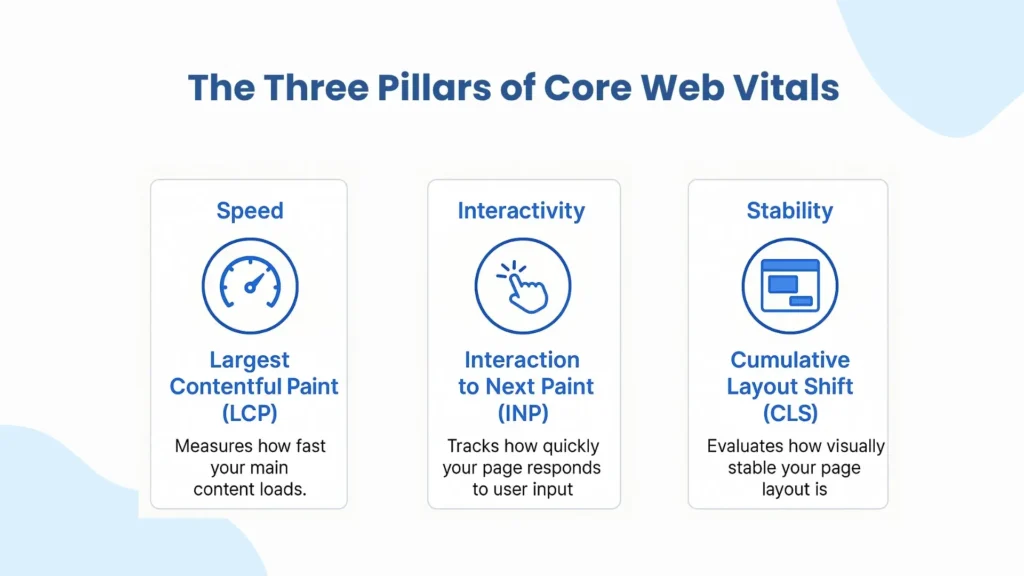
- Largest Contentful Paint (LCP): Measures loading performance basically how long it takes the main content to appear.
- Interaction to Next Paint (INP): Replaces the older First Input Delay (FID). It measures how quickly a page responds when a user interacts like clicking a button or typing into a form.
- Cumulative Layout Shift (CLS): Measures visual stability how much elements jump or shift unexpectedly while the page is loading.
If you’ve noticed the term Core Web Vitals update, this is the latest evolution: INP officially replaced FID in 2024, making interactivity just as critical as speed.
In practical terms, this means your SEO services company can’t just focus on caching or image compression anymore. You now have to optimize what happens after the page loads user actions, animations, layout shifts, and script behavior.
The Hidden Power of Interactivity (INP)
Let’s talk about Interaction to Next Paint (INP) the most underappreciated part of performance. INP measures how long it takes for your site to visually respond to any user action.
Imagine tapping a “Buy Now” button and waiting a second before something happens. That second feels like forever to users and Google knows it. A high INP score means your site feels sluggish or unresponsive, even if it technically loads fast.
Optimizing INP involves:
- Reducing main-thread blocking time: Too much JavaScript delays responses.
- Breaking up long tasks: Use web workers or async functions.
- Preloading interactive scripts: Prioritize code that controls taps, clicks, or inputs.
Here’s what this means for SEO marketing: even if your content is perfect and your backlinks are solid, a poor INP can hold your rankings down. Google’s AI models interpret user frustration signals, long delays, aborted interactions, and rapid bounces as negative experience markers.
So, while old-school SEO focused on keywords and metadata, modern SEO services must bridge both content and performance layers. The sites that win now are those that feel instant.
The Often-Ignored Role of Visual Stability (CLS)
If you’ve ever tried to tap a button on mobile and the layout suddenly shifts, you already understand why Cumulative Layout Shift optimization matters. That movement isn’t just annoying; it breaks trust.
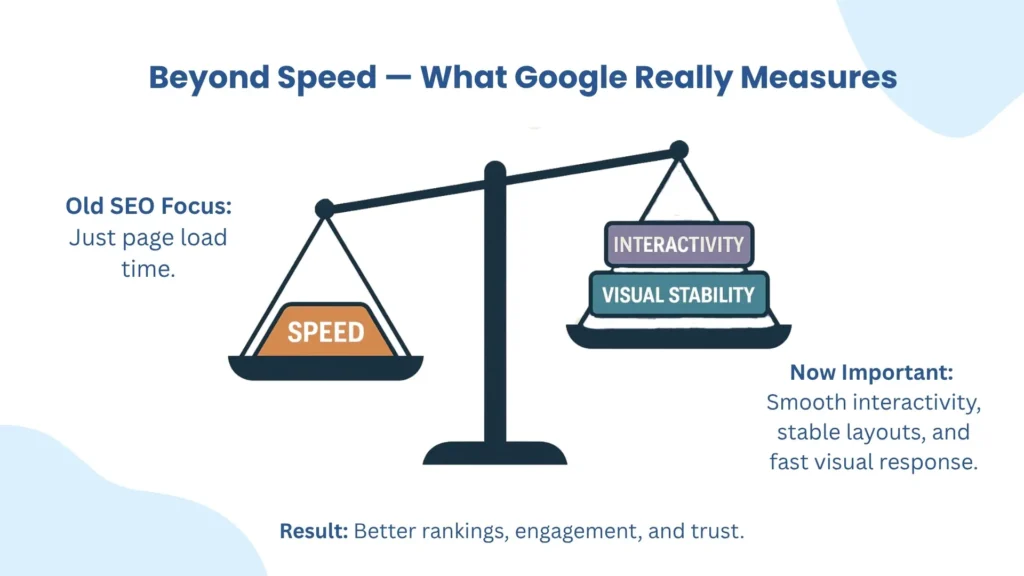
A poor CLS score means elements are shifting during load. It could be due to:
- Images or ads without fixed dimensions.
- Fonts loading late and changing text size.
- Pop-ups pushing content down the page.
Here’s where Visual Stability SEO comes in; this is not just a design tweak. Visual stability directly influences dwell time, conversion rates, and now, ranking signals.
To optimize CLS:
- Always include size attributes for media.
- Use CSS aspect-ratio boxes.
- Avoid inserting new DOM elements above existing content once loaded.
Your best search engine optimization agency should treat CLS like an accessibility factor, not just an engineering one. A layout that doesn’t jump gives users control and predictability, and Google rewards that.
Why Core Web Vitals Impact SEO More Than Ever
The Core Web Vitals ranking factors combine performance, interactivity, and stability to form what Google calls “page experience signals.” They now feed directly into how pages are scored algorithmically.
But it’s not just ranking position; these metrics affect how long users stay, how often they convert, and how often they come back. For example:
- A 0.1s delay in input response can reduce conversions by up to 7%.
- A single layout shift can increase bounce rates by 20%.
That’s why more businesses are turning to local SEO services that understand both technical and behavioral optimization. Local customers often browse on slower mobile networks, so fast, stable, and responsive sites matter even more.
Your SEO agency can use this data strategically. For instance, if your site already ranks in the top 10 for competitive terms, improving Core Web Vitals might be the edge that pushes you into the top 3 where the majority of traffic lands.
The New SEO Equation: UX + Speed + Interactivity
Search optimization has evolved beyond backlinks and keywords. The new equation looks more like this:
User Experience (UX) + Speed + Interactivity = Modern SEO performance.
Here’s how each element works together:
- UX: If the site looks clean and feels reliable, visitors engage longer.
- Speed (LCP): Ensures they see something meaningful fast.
- Interactivity (INP): Keeps engagement frictionless.
- Stability (CLS): Builds subconscious trust.
Together, they create a page that not only ranks but retains. And that retention boosts behavioral signals dwell time, pages per session, return visits all of which feed back into Core Web Vitals ranking factors.
Your SEO consultant should audit both front-end and back-end bottlenecks. Small fixes like deferring non-critical scripts or setting font-display: swap can have a measurable impact on both INP and CLS.
Why Businesses Should Care (Even Non-Technical Ones)
If you run a business website, you might assume Core Web Vitals are “developer problems.” But think of it this way: they’re digital customer service metrics.
- INP reflects responsiveness — like how fast a store clerk reacts when you ask for help.
- CLS reflects reliability — whether your shelves stay still while you shop.
- LCP reflects efficiency — how quickly the store displays its main products.
So if your digital experience lags or shifts, customers subconsciously equate that with unreliability. Even the most polished copy can’t overcome a frustrating experience.
That’s why high-performing SEO marketing campaigns now pair traditional strategies (content, backlinks, schema) with performance-driven audits.
A smart SEO services company won’t just optimize titles and metadata, it’ll measure actual user experience in the field using tools like Lighthouse, CrUX, or WebPageTest.
The Overlooked Edge: Continuous Monitoring and Automation
Most businesses treat Core Web Vitals as a one-time project. But metrics fluctuate: new scripts, ad changes, even theme updates can ruin months of optimization.
This is the next major gap most competitors miss: automation.
Integrating CWV checks into your CI/CD pipeline ensures every deployment gets tested before it goes live. Advanced setups use performance budgets thresholds that block builds if INP or CLS exceed limits.
Few brands talk about this yet, which means if your SEO agency implements automated monitoring, you’ll have a lasting advantage.
Turning Core Web Vitals into Competitive Leverage
Here’s what this all adds up to: the brands that dominate rankings in 2025 and beyond are the ones that understand Core Web Vitals aren’t just a “developer checklist.” They’re a reflection of brand quality.
When your pages load fast, stay stable, and react instantly, visitors feel that precision and Google measures it.
So while competitors focus on backlinks or meta tags, the smarter move is to invest in true performance-based SEO services. Because when interactivity and stability become part of your SEO DNA, every ranking signal strengthens.
And that’s what separates a good site from a great one: the kind your audience enjoys using and Google loves rewarding.
FAQ’s
Core Web Vitals are Google’s way of measuring real user experience. They track how fast your page loads, how stable it looks, and how quickly it responds to user actions. These metrics directly influence your rankings, which makes them a key part of modern SEO services.
Google now uses Interaction to Next Paint (INP) to measure how responsive your site feels. If users tap or click and nothing happens for a second, Google sees that as poor UX.
A good Interaction to Next Paint score is under 200 milliseconds. Anything slower could cause users to bounce, which impacts engagement metrics and, over time, your rankings.
Yes. Since the Core Web Vitals update, Google considers these metrics part of its page experience ranking factors. Sites that load smoothly, respond fast, and stay visually stable consistently perform better in search results.
You can measure Core Web Vitals using Google’s PageSpeed Insights, Lighthouse, CrUX (Chrome User Experience Report), and Search Console. These tools show both lab and real-world data to help you identify what slows your site down.
The biggest mistake is focusing only on page speed. Real optimization goes beyond that — balancing speed, interactivity, and visual stability. Ignoring INP and CLS can make even a “fast” site rank lower over time.

